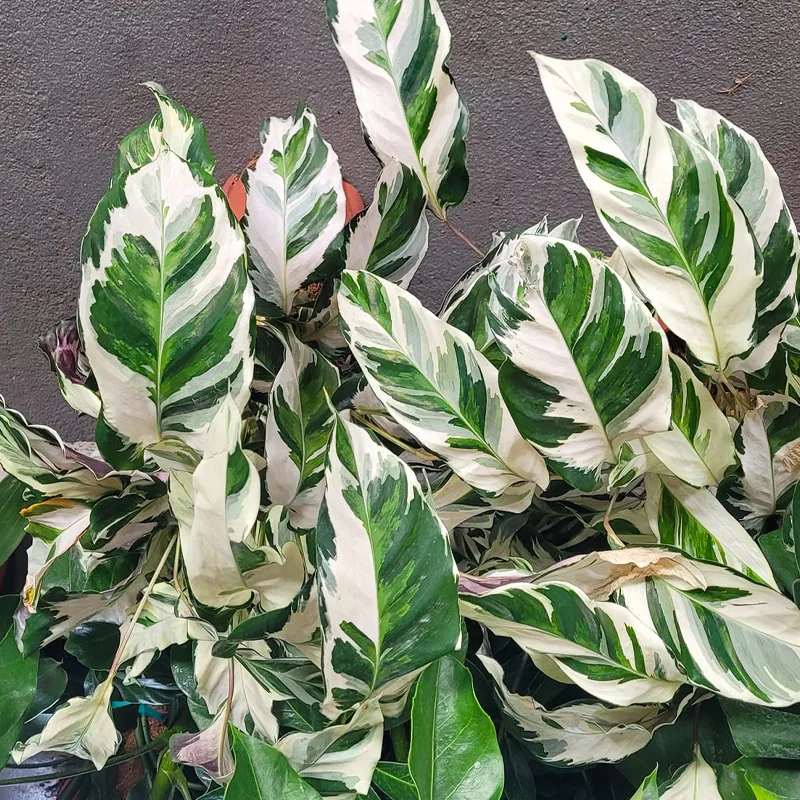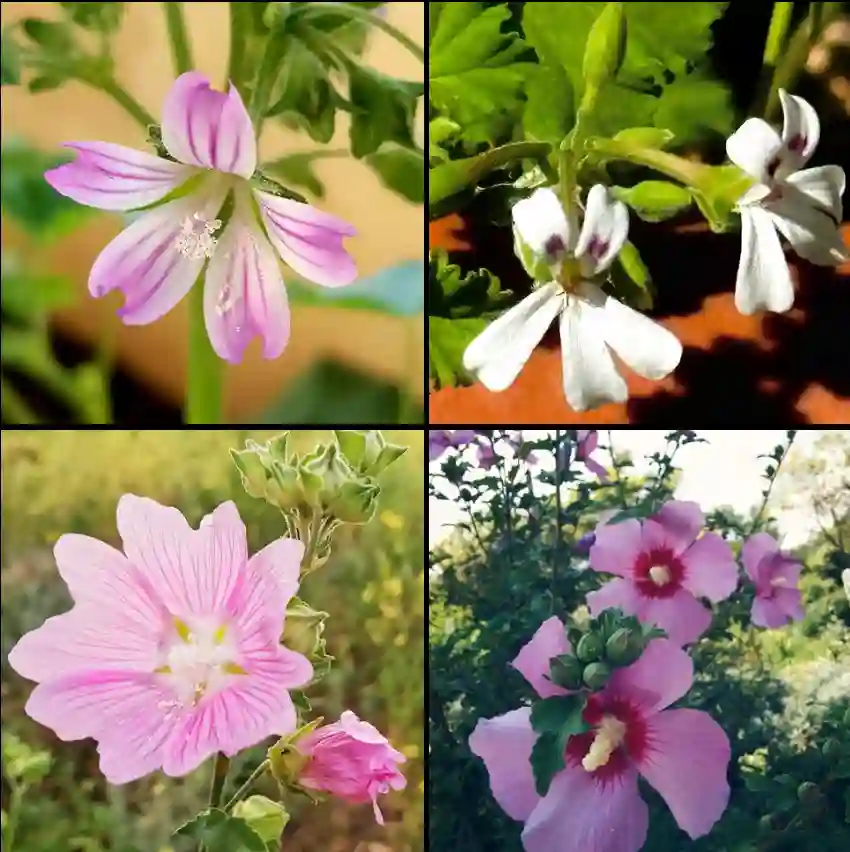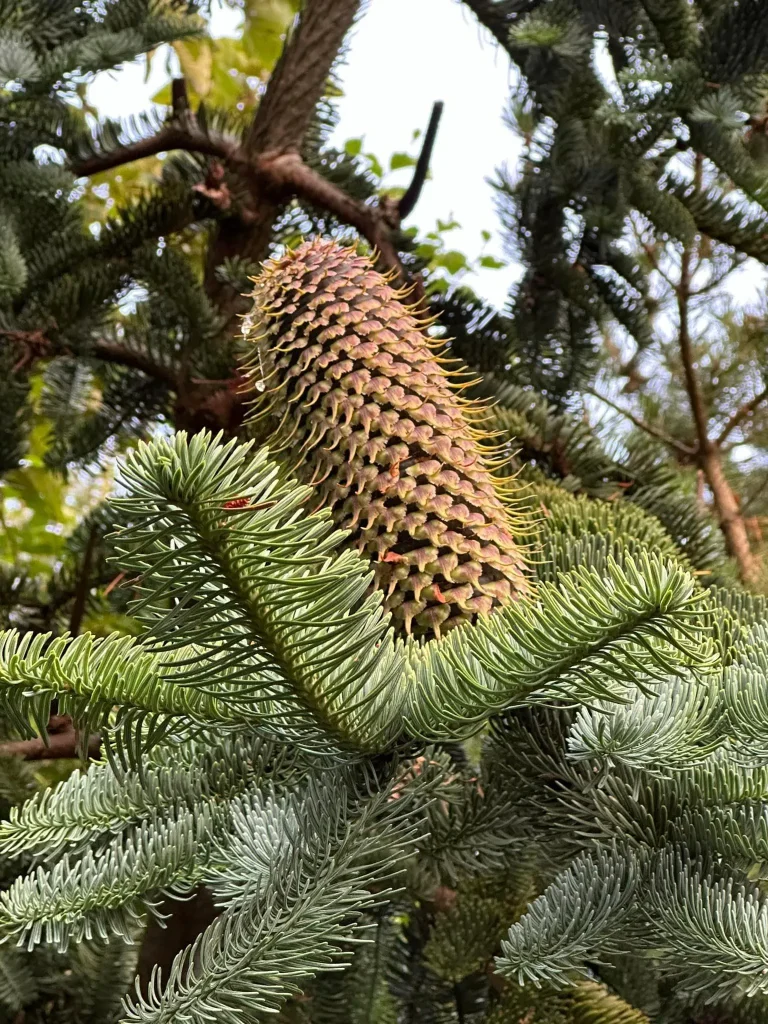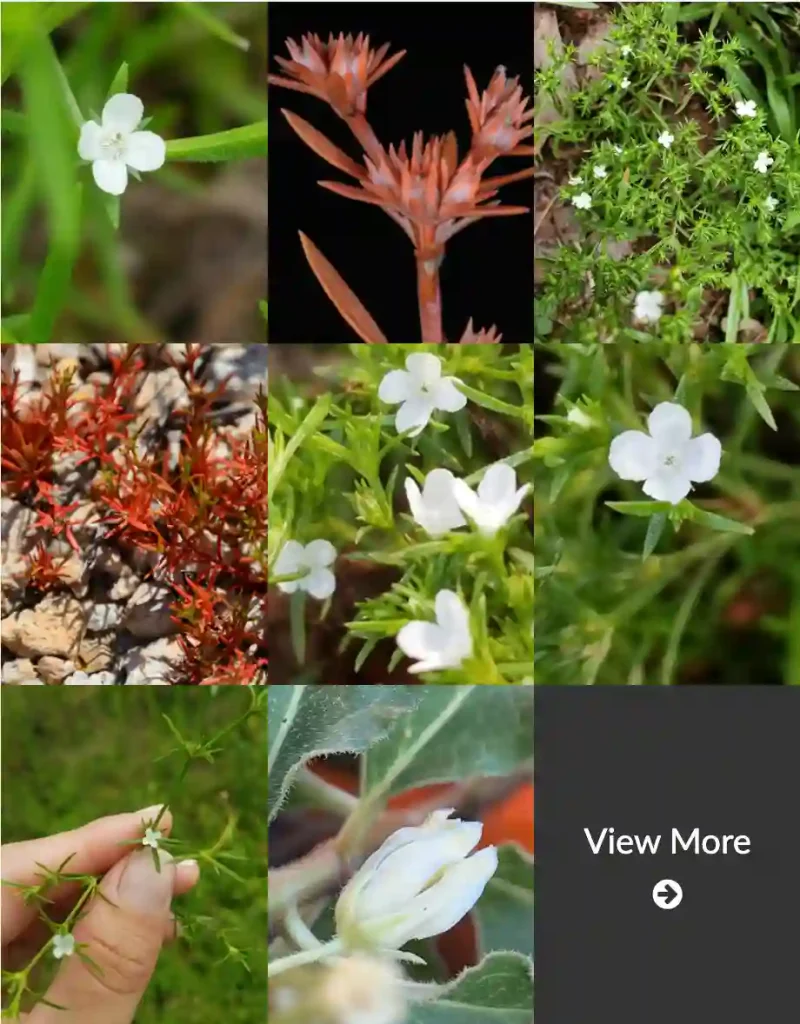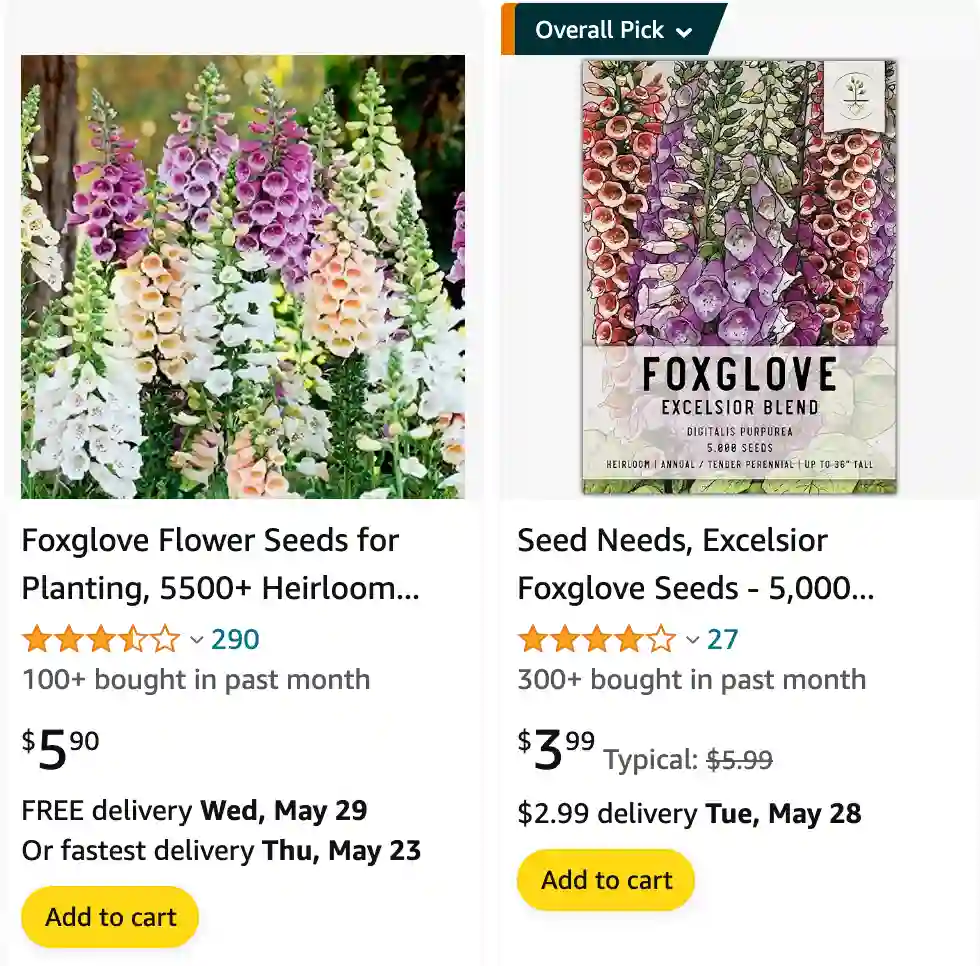
Foxgloves: A Gardener’s Love and Fear
My name is Ferb Vu, and I’ve always been drawn to the dramatic beauty of foxgloves. Towering over the garden, their speckled bells swaying in the breeze, they possess an undeniable charm. But as any gardener knows, this beauty harbors a dangerous secret. The Digitalis genus, belong to the Plantaginaceae family, is notorious for its potent toxicity. It’s a fascinating paradox – a plant that can both heal and harm.
A History of Medicine and Mystery
For centuries, Digitalis has been intertwined with folklore and medicine. Ancient healers recognized its power, using it to treat ailments like dropsy (edema). But its use was fraught with risk, as the line between remedy and poison was thin. It wasn’t until the late 18th century that William Withering, an English physician, systematically studied and documented the medicinal properties of the common foxglove (Digitalis purpurea). He discovered that it could strengthen and slow the heartbeat, a breakthrough in the treatment of heart conditions.
Today, digitalis glycosides, extracted from various Digitalis species, are still used in modern medicine to treat heart failure and irregular heart rhythms. But their use is carefully controlled due to their narrow therapeutic index. Even a slight overdose can have serious consequences.
A Diverse Genus
While Digitalis purpurea is the most recognizable member of the genus, there are many other fascinating species. Here are:
- Digitalis lanata (Grecian Foxglove): This species is a source of digoxin, a cardiac glycoside widely used in medicine.
- Digitalis lutea (Straw Foxglove): With its pale yellow flowers, this species adds a subtle touch to the garden.
- Digitalis ferruginea (Rusty Foxglove): This species boasts tall spires of rusty-brown flowers, offering a unique aesthetic.
- Digitalis grandiflora (Yellow Foxglove): Known for its large, showy yellow flowers, this species is a favorite among gardeners.
- Digitalis obscura (Willow-leaved Foxglove): This species has attractive, willow-like foliage and coppery-orange flowers.
- Digitalis atlantica Pomel
- Digitalis canariensis L.
- Digitalis cariensis Boiss. ex Jaub. & Spach
- Digitalis cedretorum (Emb.) Maire
- Digitalis chalcantha (Svent. & O’Shan.) Albach, Bräuchler & Heubl
- Digitalis ciliata Trautv.
- Digitalis × coutinhoi Samp.
- Digitalis davisiana Heywood
- Digitalis × fucata Ehrh.
- Digitalis × fulva Lindl.
- Digitalis × fuscescens Waldst. & Kit.
- Digitalis ikarica (P.H.Davis) Strid
- Digitalis isabelliana (Webb) Linding.
- Digitalis laevigata Waldst. & Kit.
- Digitalis lamarckii Ivanina
- Digitalis × macedonica Heywood
- Digitalis mariana Boiss.
- Digitalis × media Roth
- Digitalis mertonensis: also known as the strawberry foxglove, is a hardy perennial known for its tall spikes of soft pink, tubular flowers that attract bees and add height to garden borders.
- Digitalis minor L.
- Digitalis nervosa Steud. & Hochst. ex Benth.
- Digitalis parviflora Jacq.
- Digitalis × pelia Zerbst & Bocquet
- Digitalis purpurea L.
- Digitalis sceptrum L.f.
- Digitalis subalpina Braun-Blanq.
- Digitalis thapsi L.
- Digitalis transiens Maire
- Digitalis × velenovskyana Soó
- Digitalis viridiflora Lindl.
Are foxgloves perennial?
Foxgloves are generally biennial, meaning they take two years to complete their life cycle, though some species can be short-lived perennials. In the first year, they produce a rosette of leaves, and in the second year, they bloom with tall spikes of flowers. I’ve seen some reseed themselves and pop up year after year, creating the illusion of being perennial.
What do foxgloves symbolize?
Foxgloves symbolize a variety of things, including confidence, ambition, and sometimes insincerity or riddles, due to their toxic nature. When I see foxgloves, I think of their mystical, enchanting presence in gardens and their historical association with folklore and fairy tales.
Do deer eat foxglove?
Deer typically avoid eating foxgloves because they are toxic. I’ve found them to be a reliable plant in my garden where deer are common, as the animals tend to steer clear of them in favor of other, non-toxic plants.
What to do with foxgloves after flowering?
After foxgloves finish flowering, it’s best to cut the flower spikes down to encourage new growth or allow them to self-seed. I usually let a few plants go to seed so they can spread naturally, ensuring a fresh batch of flowers for the next season.
When to plant foxglove seeds?
Planting foxglove seeds should be done in late summer or early autumn. I’ve had success sowing them directly in the garden around this time, as they need the cool period to germinate and establish roots before the winter.
Are foxgloves poisonous to dogs?
Foxgloves are indeed poisonous to dogs. All parts of the plant contain toxic compounds that can cause serious health issues if ingested. I’m always cautious to plant them where my dog can’t reach, just to be safe.
How to grow foxglove from seed?
Foxgloves from seed are a breeze! I had the best luck starting them indoors a few weeks before the last frost. I found a shallow seed tray and filled it with a good quality seed starting mix. Foxglove seeds are tiny, so I mixed them with a bit of sand to help me sprinkle them evenly over the surface. Don’t bury them – they need light to germinate!
Here’s the tricky part: keeping the soil moist but not soggy. I covered the tray with plastic wrap to create a little greenhouse effect, and then poked a few holes for ventilation. Every day, I’d lift the plastic to let out some moisture and check on the soil. It took about two weeks for those tiny green sprouts to emerge – it’s like a magic show every time!
Once the seedlings were a few inches tall, I thinned them out to give them more room to grow. A week or so before transplanting them outside, I started hardening them off by taking them outdoors for a few hours each day. Finally, when the danger of frost had passed, I planted them in a shady spot in my garden with well-drained soil. They took off from there, rewarding me with those beautiful tall spikes of flowers later in the summer.
Is foxglove poisonous to cats?
Foxgloves are also poisonous to cats. The same compounds that make them toxic to dogs can affect cats as well. I always ensure that my cats can’t nibble on these plants by placing them in less accessible areas of the garden.
Where to buy foxglove flowers?
You can buy foxglove flowers at most garden centers, nurseries, or online plant stores. I’ve found a wide variety of colors and types available, especially in spring and early summer when they’re in bloom.
Is foxglove invasive?
Foxgloves can be invasive in certain conditions, especially in climates where they thrive. In my experience, they can spread quite aggressively if left unchecked, so I usually monitor them and thin them out if they start to take over more than their fair share of the garden.
A Symbol of Duality
To me, Digitalis represents the duality of nature. It’s a reminder that beauty and danger can coexist, and that even the most potent poisons can have healing properties. It’s a symbol of the delicate balance between life and death, and the importance of respect and understanding in our relationship with the natural world.
